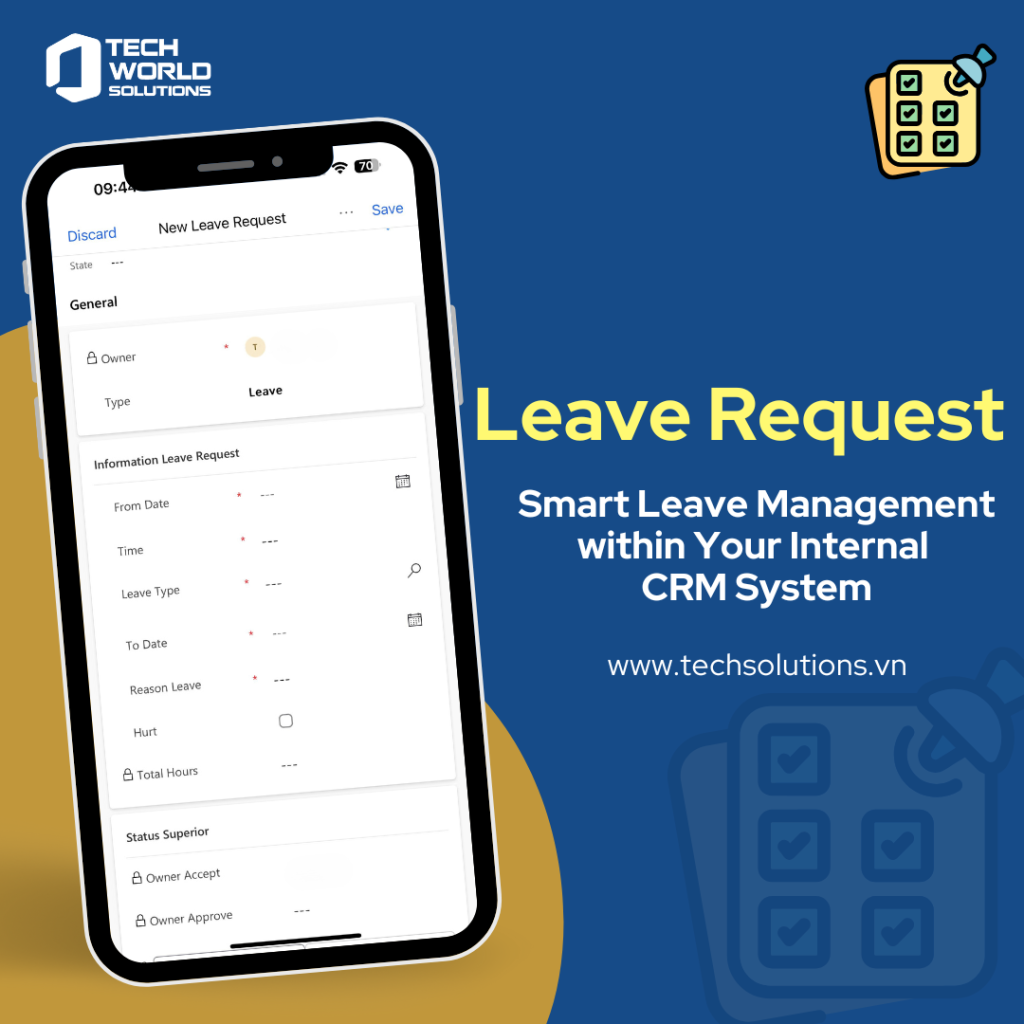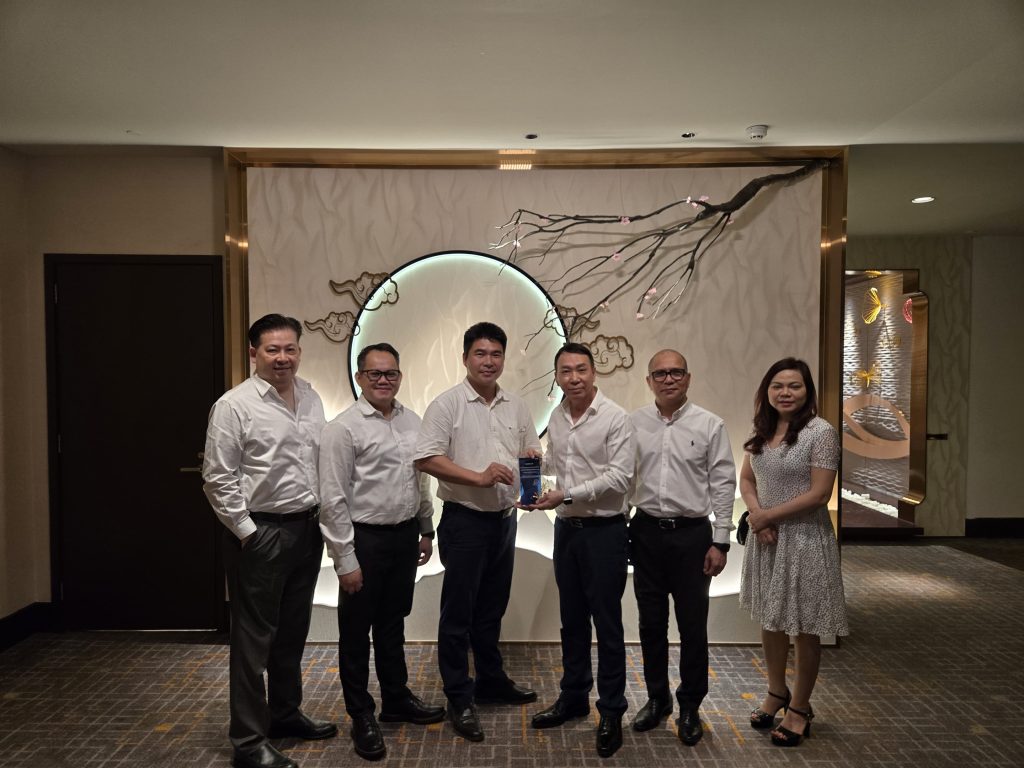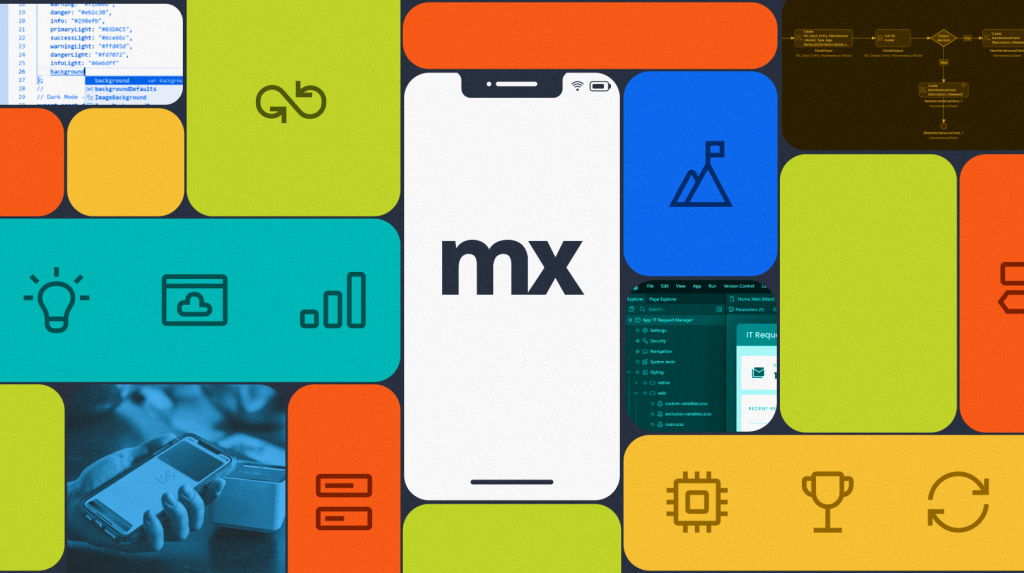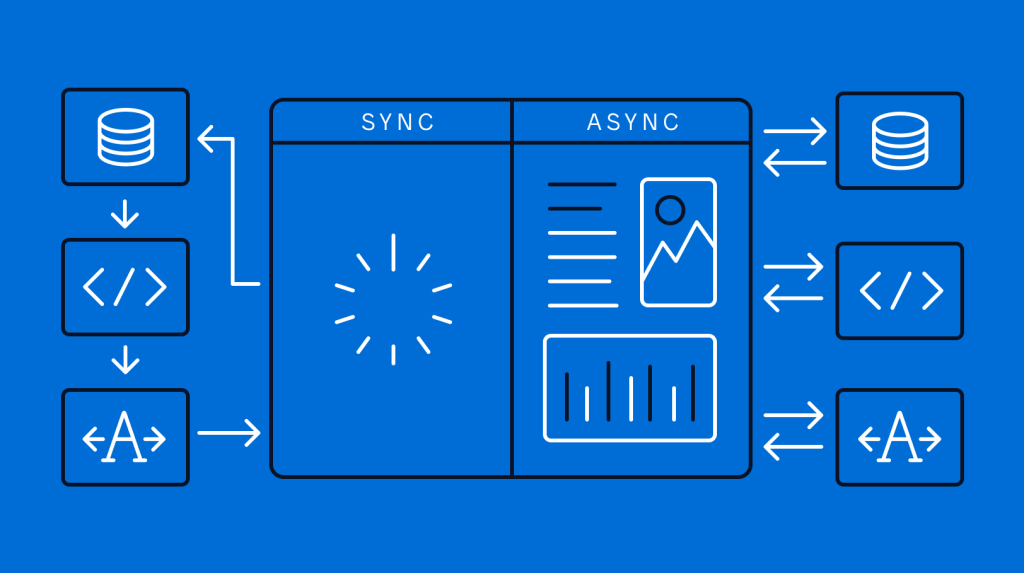Standardization or Personalization? No Need to Choose with Low-Code
There’s a reason Burger King has kept the slogan “Have it your way” for 40 years. Giving the customer exactly what they want has always been a key to business success.
Manufacturing customers are no different than any other customer. They need personalized products—equipment, sensors, software—to implement their particular manufacturing processes. And they want those personalized products to fit their exact needs on their exact timetable at their preferred price.
By giving manufacturers a composable way to create purpose-built applications, Mendix is helping them deliver personalized software without undermining the efficiency of their production processes.

3 suboptimal strategies for purpose-built applications
As you might expect, organizations tend to prefer purpose-built applications, ones personalized to meet their specific business requirements. But software vendors, in order to reach as large a segment of the marketplace as possible, often focus on delivering standardized products designed for the standard manufacturing processes.
Manufacturers face a quandary then, the infamous buy vs. build decision, when choosing an application development strategy. Should they settle for the standardized offerings of vendors, invest in creating their own personalized applications, or do a little of both?
Let’s take a look at the pros and cons of each of these three strategies.
1. Build
Building your own solutions gives you the most power to shape the flexible processes needed to create purpose-built applications. You can precisely tailor your applications to serve your unique manufacturing processes. And you can design your applications to all work seamlessly together.
But following a strategy of building custom applications weakens your ability to standardize your operations and then leverage the efficiencies of that standardization. Your solutions may not interact smoothly with your other systems, and your vendors’ solutions may not interact smoothly with yours.
A build strategy also has the drawbacks of being:
- Resource-intensive
- Knowledge-dependent
- High-risk
- High-maintenance
2. Buy
Buying commercial solutions ensures you’re maximizing your standardization strategy. A commercial solution is going to be compatible with common industry systems. You, your customers, and your vendors will all be operating on the same footing. A commercial solution will also be ready to use right out-of-the-box and comes with full tech support.
On the other hand, what if your manufacturing processes don’t fit neatly into the standardized parameters of commercial solutions? You’ll spend as much effort trying to fit vendors’ square pegs into the round holes of your processes as you would building your own perfectly sized applications.
There’s also the question of how you can differentiate yourself from your competitors if you’re using the same processes powered by the same software. It’s a tough sell telling a customer you can build them something your competitors can’t when you’re using the identical tools to build it.
A buy strategy also brings with it unwanted:
- Expenses
- Product limitations
- Supplier dependency
- Unsuitable technologies
3. Shadow IT
Some manufacturers choose not to commit to a pure build or buy strategy. If a team within the company finds a commercial product that offers a tool that’s a good fit for their tasks, they’ll buy it. If they can’t find the right tool for the job, they might choose to build it themselves.
This kind of shadow IT can be hard for an organization to resist because a team can build exactly what it wants quickly and on the cheap, often using nothing more than Excel. And shadow IT doesn’t require a centralized IT management plan. Every team is on their own to develop the solution they need when they need it.
As you can imagine, this approach has its share of problems. Shadow IT can lead to:
- System errors
- Human errors
- Data integrity issues
- Limited integrations
The right strategy is composability
If none of these three strategies for creating purpose-built software offers the best of both personalization and standardization, is there one that could? Let me make the case for composability.
Composability is the concept of building systems from reusable modular parts. It’s the perfect strategy for creating purpose-built software because it supports both standardization and personalization.
By creating solutions with modular blocks of reusable code, you ensure that every solution is compatible with each other. No matter what solution a team is building and no matter for what purpose, they can be confident that their solution will play nicely with a solution another team—or vendor or customer—is building.
At the same time, there’s no end to the variety of solutions you can create with composable components. You can quickly and easily customize every standardized solution with a layer of personalized features and interfaces.
Building purpose-built applications with composability
Let’s look at an example of a manufacturer building two purpose-built applications using composability.
A planning and scheduling team needs a solution that will alert them if there is an equipment breakdown that would cause a production delay. From their modular software components, they build a monitoring application. One of the components of that monitoring application is a notification system that delivers the news of a breakdown.
Meanwhile, the quality management team is also building a solution from the company’s modular components. Their application will allow employees to notify them directly of any product defects.
The purpose, interface, and operation of the quality management application is completely different from that of the planning and scheduling application. But it also requires a notification system. So instead of building a new one from scratch, the quality management team simply uses the completely compatible notification component that the planning and scheduling team built.
Here are two purpose-built applications, personalized to each team’s needs, built from a standardized set of software components. The best of both worlds.
Get composable with low-code
The Mendix application development platform supports composability by giving you reusable, modular low-code components to build your applications. The flexibility and adaptability these components add to your development process let you:
- Reduce costs
- Improve efficiency
- Allocate resources more effectively
The Mendix Marketplace has an entire library of these components designed for manufacturing processes. With so many to choose from, manufacturers can build purpose-built products that meet the unique needs of every customer.
To learn more about how Mendix can give you the best of both worlds when building your purpose-built product, contact us.
- 7 Best Practices for ERP Implementation Success
- What can Dynamics 365 Business Central bring to your business?
- Asynchronous vs. Synchronous Programming: Key Similarities and Differences
- PVI Gia Định and PVI Digital aim to establish a strategic partnership with Siemens and Techworld Solutions Vietnam
- Empowering Mobile Innovation
Bài viết cùng chủ đề:
-
Leave Request – Smart Leave Management in a Single CRM Module
-
Techworld Solutions Accompanies UTE in Training High-Quality Human Resources
-
Microsoft Office Officially Becomes Microsoft 365
-
Epicor Asia & Techworld Solutions Vietnam Announce Strategic Partnership to Expand Solution Ecosystem in Vietnam and the Region
-
Congratulations to the Microsoft Team!
-
The Value of Enterprise Microservices with Low-Code
-
Mendix Cloud’s Next Evolution: Embracing Kubernetes for a Future-Ready Platform
-
Addressing the Knowledge Gap
-
AI-Assisted Development in Action with Mendix
-
Empowering Mobile Innovation
-
TECHWORLD SOLUTIONS VIETNAM AND UNIVERSITY OF TECHNOLOGY AND EDUCATION – UNIVERSITY OF DANANG SIGN STRATEGIC PARTNERSHIP TO ESTABLISH A DIGITAL TECHNOLOGY RESEARCH & TRAINING CENTER
-
PVI Gia Định Partners with Techworld Solutions Vietnam to Revolutionize Insurance Management
-
ESEC Group Partners with Techworld Solutions Vietnam to Implement Microsoft Dynamics 365 ERP
-
Revolutionizing Supply Chains with the Low-Code Mendix Platform
-
Asynchronous vs. Synchronous Programming: Key Similarities and Differences
-
5 Tips to Secure Your Low-Code Empire
















